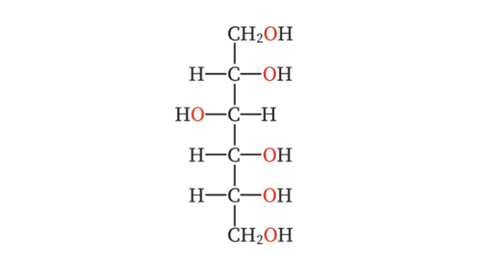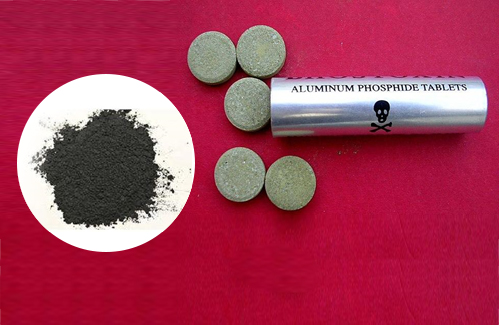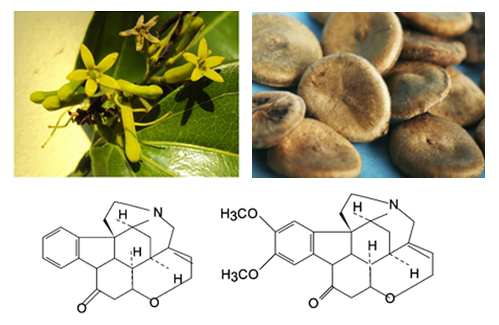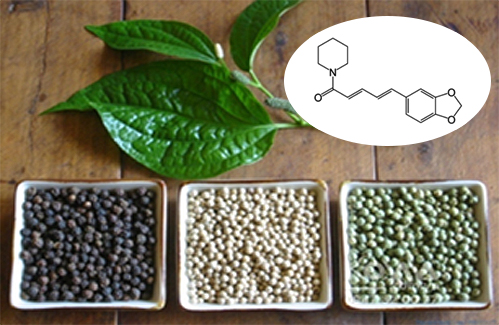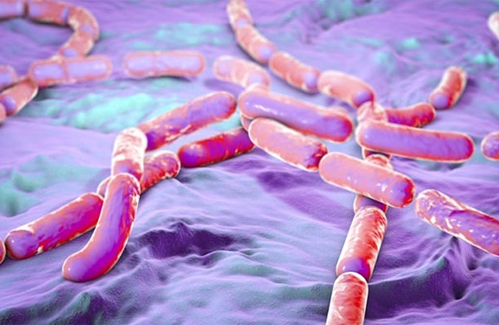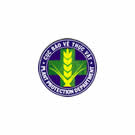- Folder Technical News
- Views 906
- Last Updated 31/12/2024
There are many everyday products that contain toxic fluorine chemicals called PFAS. These substances accumulate in our bodies and take a long time to break down in the environment. Even small amounts of PFAS can cause cancer, adversely affect the reproductive system and immunity, and lead to many other diseases.

1. Overview of PFAS
PFAS (Per- and polyfluoroalkyl) are a group of man-made chemicals produced since the 1940s that contain an aliphatic portion characterized by at least one perfluorocarbon group. The strength of the Carbon-Fluorine bond makes this group chemically inert and heat-resistant. As a result, PFAS has become indispensable components in many industries. However, their resistance to decomposition raises significant concerns about human health.
PFAS compounds have a special structure, consisting of a hydrophobic alkyl chain of varying lengths, typically ranging from C4 to C16, combined with a hydrophilic end group. Fluorine atoms can completely or partially coat this alkyl chain. When fully fluorinated, these molecules are known as perfluoroalkyls, while those that are only partially fluorinated are called polyfluoroalkyls, which differ in their chemical properties and applications. The general structure of the PFAS group is shown in Figure 1.

Figure 1: General Molecular Structure of PFAS
The general structure of the PFAS molecule contains a hydrophilic end group X that can carry a neutral, positive, or negative charge, making them flexible surfactants, ranging from non-ionic to cationic or anionic. It is the harmonious combination of polar and non-polar parts that creates the unique bipolar properties of the PFAS molecule.
PFAS are commonly used in many everyday products. Thanks to their resistance to oil, water, and heat, they often appear in products such as fast food containers, non-stick pans, waterproof fabrics, and firefighting foam [1,2].
PFAS are extremely durable in the environment, meaning they are not easily degraded and can survive in soil, water, and air for long periods. When PFAS enter the bodies of humans and animals, they tend to accumulate over time. Scientific studies have shown that PFAS infection can lead to a variety of serious health problems, including cancer, reproductive and immune system damage, as well as other diseases such as liver dysfunction and hypercholesterolemia [1,3].
The widespread use of PFAS over decades has led to their presence in water, soil, and the blood of humans and animals, even in the most remote parts of the world (e.g., the Arctic and Antarctica). Their persistence and bioaccumulative nature make them a significant concern for human and environmental health.
2. Risks of PFAS affect health
PFAS are synthetic chemicals that can cause serious harm to human health [4, 5]. Below are some of the main harmful effects of PFAS (figure 2):
- Cancer: Many scientific studies have shown that exposure to PFAS is linked to kidney cancer, testicular cancer, and thyroid cancer. These cancers develop in the cells of vital organs and can spread to other parts of the body.
- Hormonal disorders: PFAS can disrupt the endocrine system, leading to hormonal imbalances and reproductive problems, such as menstrual disorders and decreased fertility.
- Immunocompromised: PFAS exposure can weaken the immune system, reducing its ability to fight infections and increasing susceptibility to autoimmune diseases.
- Effects on pregnant women: Pregnant women exposed to PFAS may face serious health risks, including premature birth, low birth weight, and developmental disorders in children.
- Liver damage: PPFAS can harm the liver, disrupt metabolism, and lead to liver dysfunction and other health problems.
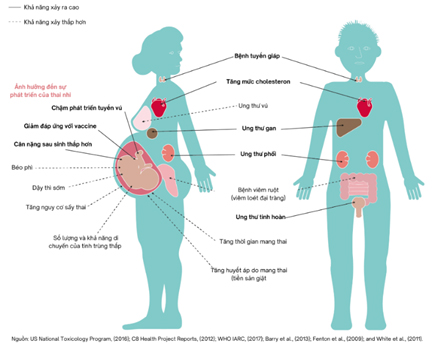
Form 2: Harmful effects of PFAS on humans
- Increased cholesterol: Exposure to PFAS can raise blood cholesterol levels, increasing the risk of cardiovascular conditions such as atherosclerosis and hypertension.
3. Pathways of PFAS Contamination
PFAS can enter the human body through various pathways. Here are the common sources (Figure 3):
- Food: PFAS can leach into food from packaging or cookware. Contaminated fish and shellfish are also significant sources of PFAS exposure.
- Drinking water: Contaminated drinking water, particularly near fire training areas, military installations, or manufacturing plants, is a major source of PFAS exposure.
- Household products and building materials: PFAS are found in stain-resistant coatings, waterproof clothing, personal care products, and cleaning supplies, exposing people to these chemicals daily.
- Dust pollution: Airborne dust containing PFAS can contaminate surfaces and be ingested, leading to body accumulation
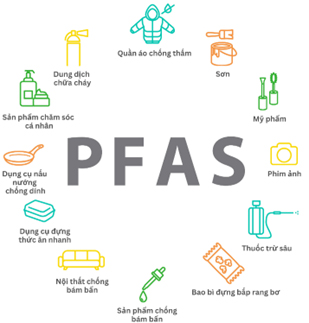
Figure 3: Sources containing PFAS
4. Testing PFAS group at the National Institute for Food Control
Currently, with much modern equipment and highly qualified staff, the National Institute for Food Control has developed PFAS group analysis method by combining liquid chromatography with tandem mass spectrometry (LC-MS/MS) and provides PFAS group testing services in the country and food with high reliability accurately and quickly (Figure 4).
Figure 4: Image of an LC-MS/MS instrument using PFAS group analysis
Author: Do Thi Hong Thuy
National Institute for Food Control
Contact us:
- Main headquarter: Address: 65 Pham Than Duat, Mai Dich, Cau Giay, Hanoi
Hotline: 085 929 9595
Email: baogia@nifc.gov.vn/ nhanmau@nifc.gov.vn
- Representative Office in Ho Chi Minh City: Room A102, Gate B Cat Lai Port, 1295B Nguyen Thi Dinh Street, Cat Lai Ward, Thu Duc City
Phone: 028.37.400.888/ Hotline: 0918.959.678 (Mr. Nghi)
Email: baogia@nifc.gov.vn/ vpsg.nifc@gmail.com
- Representative Office in Hai Phong: No. 1 Ngo Quyen, Hai Phong City
Phone: 0225.8830316/ Hotline: 0983.300.226 (Ms. Thuong)
Email: vphp@nifc.gov.vn
References
- PFAS Explained, US EPA - U.S. Environmental Protection Agency. (https://www.epa.gov/pfas/pfas-explained)
- Per- and Polyfluoroalkyl Substances (PFAS), FDA. (https://www.fda.gov/food/environmental-contaminants-food/and-polyfluoroalkyl-substances-pfas)
- Per- and Polyfluoroalkyl Substances (PFASs) - UNEP. https://www.unep.org/topics/chemicals-and-pollution-action/pollution-and-health/persistent-organic-pollutants-pops/and.
- Fenton, Suzanne E., et al. "Per‐and polyfluoroalkyl substance toxicity and human health review: Current state of knowledge and strategies for informing future research." Environmental toxicology and chemistry 40.3 (2021): 606-630.
- Fenton, Suzanne E., et al. "Per‐and polyfluoroalkyl substance toxicity and human health review: Current state of knowledge and strategies for informing future research." Environmental toxicology and chemistry 40.3 (2021): 606-630.





